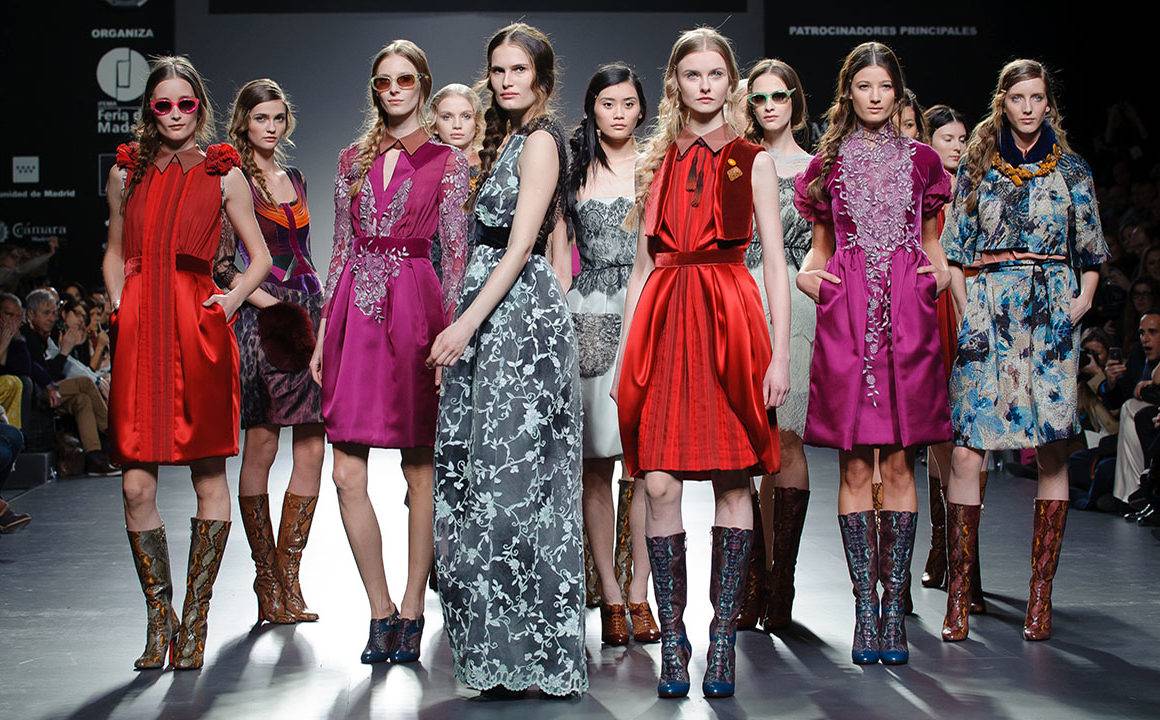10 Things Halston Teaches Us About The Fashion Industry

You have seen Miranda, Emily and Nigel if you love movies about fashion. Why are all three of them so hardened to the core? And why is almost everyone working in the fashion industry like them? Here’s another movie that takes a deep look at the fashion industry and its effect on people. Halston (2019) is a film about the life of fashion designer Roy Halston Frowick, the king of the industry during the 70s. This cautionary tale is among the top shows on Netflix, and here’s what it teaches us.
1. Marketing Is Everything!
Yes! Fashion is more about selling your idea because everyone will not see the creativity in your work. Disheartening enough? There’s more? Apart from convincing people about your artistry, you have to reassure them that your idea is profitable. If you cannot read the market or decide for millions of people, then a fashion career is not for you.
2. Nothing Replaces A Good Team
Admit it, you have said this at some point, and it felt terrible, “It was looking good on the model.” In our case, it was the beautiful, likely high-profile model that sold the dress, along with the fashion designer’s inventiveness. You are not the only great thing about your brand, and the credit goes to your whole team.
3. Inspiration Is Unpredictable
This lesson applies to everything – business startups, fashion, movies, your college project etc. Halston could find a marketable idea in a dirty piece of cloth blowing away in the streets of New York. Like any other artist, he trusted his inspiration and went along with confidence. The flipside of it is that sometimes it is impossible to find inspiration. On some days, you cannot imagine yourself selling hats made from feathers. But for others, it feels like a brilliant idea.
4. The Industry Can Chew You Out
Working in the fashion industry requires you to remain in touch with your and others’ emotions. It wants you to be sensitive, but the volatile working environment is inherently hellish for sensitive people. It’s never easy in the fashion industry, whether you are a newbie or a veteran with 30 years of experience. Norton Simon, Inc. removed all the innovativeness from his ideas, and Halston realized it a little too late.
5. Trends Come And Go In A Flash!
It is the differentiating aspect between the old and modern fashion. As soon as we invented machine sewing, we made clothes faster. As a result, they became cheaper and more creative. Today, we have miniskirts trending one year and maxi dresses the next. You should have the courage and will to make something trendy, but accept that you will not have the spotlight for long.
6. Originality Alone Cannot Make You Win
Halston Limited (1969) brought soft fabrics to the market for the first time. They looked good, felt comfortable, and people loved them. That was until Calvin Klein usurped his business with their blue denim. Calvin Klein’s denim was no longer original, but it was still the best. It was superior enough to overtake Halston’s creative ideas that were otherwise highly appreciated in the fashion industry.
7. Licensing Is Fancy Until It Backfires
Halston signed a $1 billion licensing deal with J.C. Penney, and his brand expansion surpassed limits. He made an immeasurable profit in a short time, but the decision also came at a cost. It downgraded his reputation from a high-end fashion designer to someone who pumped out clothes for retail stores. His peers looked down upon him for ending up in that place, and Halston realized his licensing deal was a mistake.
8. Fashion Is More Business Than Art
We already told you the importance of selling your idea. In Halston’s case, working with Norton Simon, Inc. brought him all kinds of luxury. They accepted his demands for expensive orchids to decorate his office, private jets, and everything in-between as long as he agreed to produce according to their rules.
9. The Tone-Deaf Folk Make Decisions About Fashion
Making it big in fashion requires you to collaborate with people. And some of these folks have the money but zero fashion sense. They don’t care about your creativity, inspiration and all those big words as long as you bring them profits. Halston realized it after he met people at the Norton Simon, Inc.
10. Your Name Is The Only Thing That Is Yours
Because he did not anticipate it, Halston licensed his name, a fanciful decision back then. When he approached the end of his life, it disappointed him to see people selling their products under his name. It ruined his and the image of products, and there is no bigger sin in the fashion industry.
Well, that was a wild ride! Now that you know what it takes to thrive in the fashion industry, does it make sense for people to end up cold and critical? Nobody knows! We have had some people who had a “happy-go-lucky” career in the fashion industry. However, for most folks, working in the fashion industry is nothing but stress.





Leave a Comment